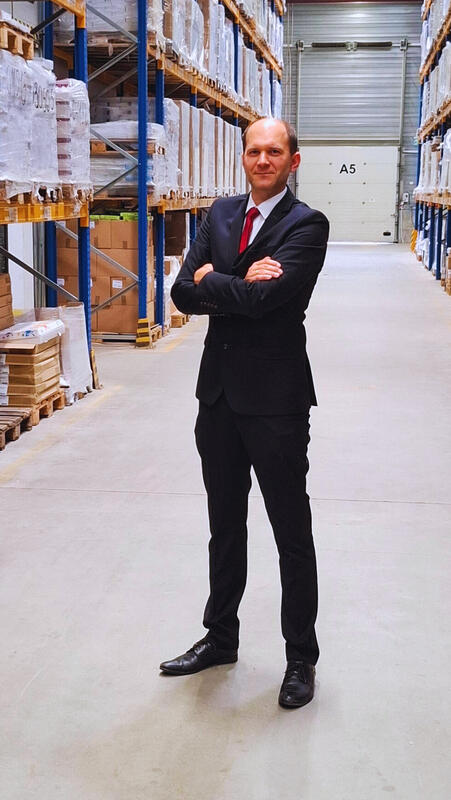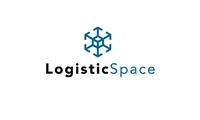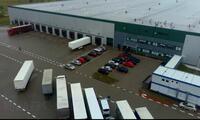Which companies and industries can benefit the most from the logistics-enabled warehouse model?
KO: All of them. A warehouse with logistics support is ideal for companies that want to focus on their core business without worrying about the complex processes of storage and shipping. The greatest benefits are seen by companies in e-commerce, cosmetics, publishing, and producers of light consumer goods. For these sectors, flexibility, seasonality, and efficient returns handling are key. Startups and companies entering the market especially appreciate not having to invest in a warehouse, staff, systems, or even transport and freight forwarding. For large companies, a warehouse with logistics services often supports entry into new markets or seasonal projects and helps optimise distribution processes.
What are the main operational differences between traditional leasing and fulfillment?
KO: In the traditional model, you rent square metres and take full responsibility for operations. You have to create and manage all processes, lead the team, and monitor every invoice and payment in constantly changing logistics and transport conditions. In fulfillment or external warehouse services, you pay for the result: for a shipment, a pallet, or an operation. You don’t need to hire staff, buy forklifts, or implement systems. You use our know-how, experience, and technology. Additionally, everything is recorded, explained, and nothing happens without your knowledge or approval.
Does the client lose control over operations?
KO: Quite the opposite. Thanks to system integration (ERP, e-commerce, WMS), the client has real-time access to data. They can manage logistics from their laptop without having to hire and train a team. They focus on what they do best, and we take care of what we do best — and since they evaluate us, we make sure to do it as well as possible.
How quickly can a new client be onboarded?
KO: Even in one day. Time plays a key role in this service, but it depends on the complexity of the project. For larger operations, onboarding can take from a few days to a few weeks. With ready e-commerce integrations, everything happens almost instantly.
How does fulfillment handle scaling as a company grows?
KO: In the traditional model, you have to predict growth and secure more space. With us, you pay only for what you actually use. Today you have 1,000 parcels a day, tomorrow 4,000? No problem.
What technologies support your model?
KO: We use an AI-assisted WMS that optimises picking paths, reduces errors, and gives clients full visibility of stock levels. This translates into fewer complaints and higher service quality. However, we can also adapt to clients who have their own software, use platforms such as Baselinker, or even work with a simple Excel sheet or cloud storage.
What concerns do clients most often have, and how do you address them?
KO: The most common concerns are loss of control or cost. But we show them data, systems, and efficiency. Warehouse costs are not just rent — they also include salaries, holidays, staff turnover, or downtime. In the fulfillment and external warehouse service model, these responsibilities and risks are taken over by the logistics operator — that is, us.
Are there cases when it’s better to have your own warehouse space?
KO: Yes, if you have the right people and resources. For large-scale, stable operations with extensive in-house infrastructure, it can make sense. Still, even then it’s worth outsourcing part of the processes to an external partner — for example, returns handling or seasonal volume increases. Believe me, it’s large, well-known companies with their own infrastructure that use such solutions on the biggest scale.
How much can you realistically save?
KO: Save? Our goal is to optimise costs while maintaining service quality. Clients usually pay 20% to even 40% less compared to the traditional model. On top of that, they save time. Management can focus on growth, while investments in equipment or the risk of errors drop to almost zero.
What’s next for fulfillment?
KO: The market is moving towards flexibility, speed, and customer service quality. Fulfillment is becoming a source of competitive advantage. It’s not just logistics — it’s part of the sales strategy.
Want to know more? Visit logisticspace.pl










